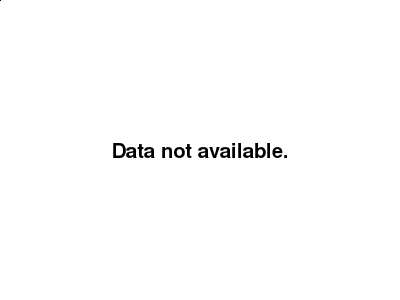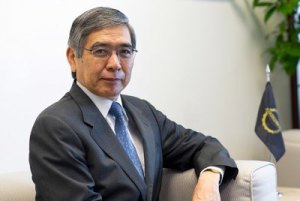The Bank of Japan (BOJ) is expected to acknowledge the positive effects of its ultra-easy monetary policy, including massive government bond purchases and the introduction of negative interest rates, at its policy board meeting scheduled for Sept. 20 and 21, while maintaining a goal of a 2 percent rise in the consumer price index (CPI) and proposing ways to seek further easing.

In the nearly 3 1/2 years since the BOJ launched its quantitative and qualitative monetary easing in April 2013, the central bank beefed up its ultra-easy economy policy, such as increasing the amount of government bond purchases from 50 trillion yen a year to 80 trillion yen and introducing negative interest rates. However, the July national CPI (excluding fresh produce) dropped 0.5 percent from the same month in 2015 — far below its target of a 2 percent increase. In response to the disappointing figure, the BOJ has decided to have a comprehensive review of its monetary policies at the board meeting.
The key points in the review are examining factors preventing the 2 percent inflation target and positive and unfavorable effects of the negative interest rate policy.
The BOJ board members joining the Sept. 20-21 meeting are expected to agree on an understanding that it is taking more time than initially expected to meet the 2 percent target due to the sharp drop in oil prices, among other factors, though buying up the massive amount of government bonds was effective in holding down interest rates and therefore boosting anticipation for price increases in the future.
Nevertheless, the BOJ is poised to maintain the 2 percent inflation goal. Since its initial plan to reach that target in about two years has already failed, the central bank will place emphasis on its firm stance to achieve the target inflation rate at an early stage.
via Mainichi
